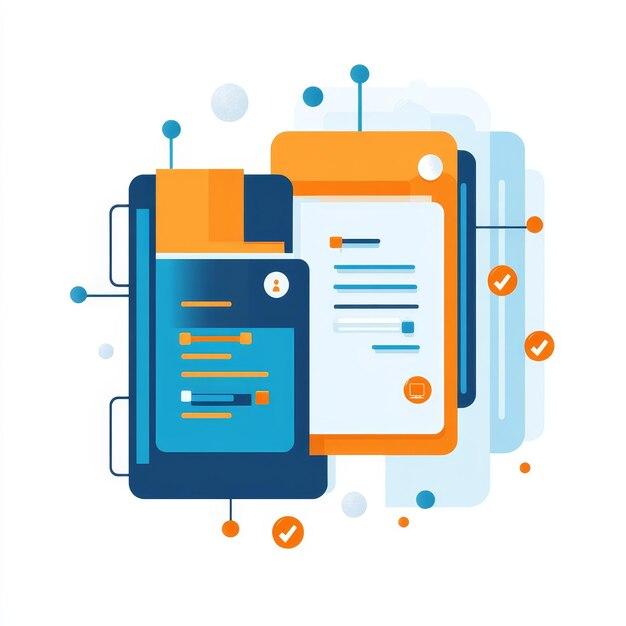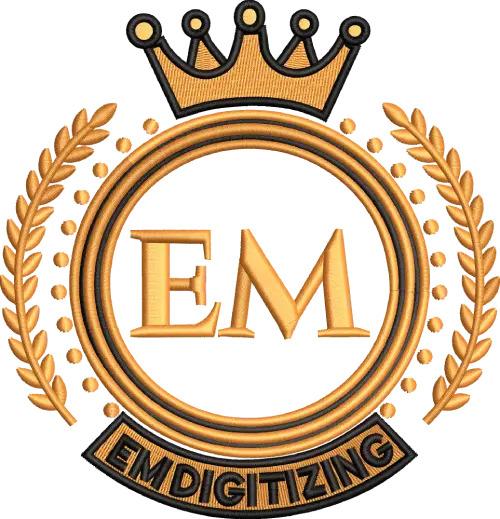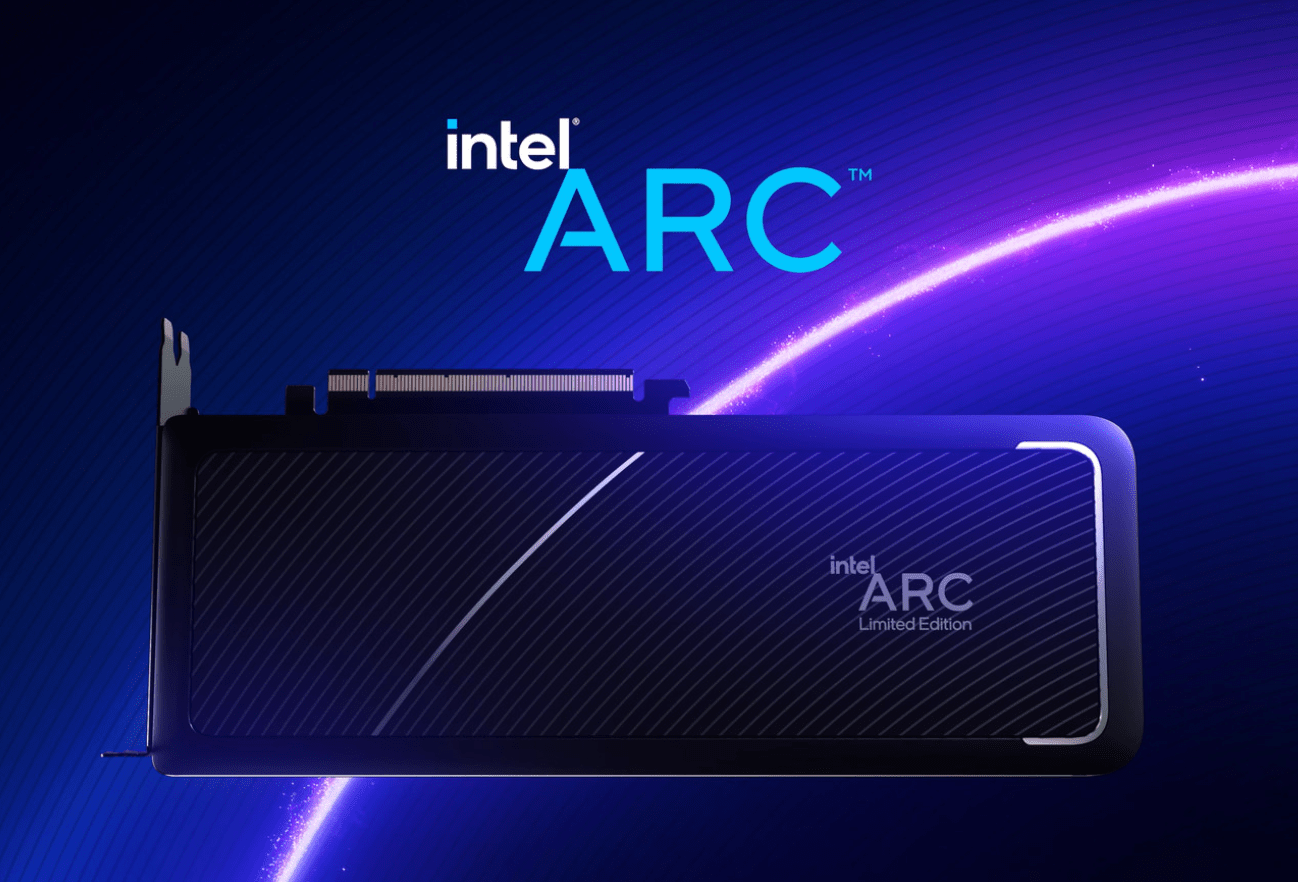In today’s fast-paced business environment, efficiency and accuracy are paramount, especially in human resource management and payroll processing. Integrating a Human Resource Management System (HRMS) with payroll software can significantly streamline these functions, offering many benefits for businesses of all sizes. Below, we explore the top ten advantages of this integration, demonstrating why it is a wise investment for your organization.
Enhanced Accuracy
Manual payroll processing is prone to errors, leading to employee dissatisfaction and compliance issues. By integrating HRMS and payroll software, businesses can automate data entry and calculations, drastically reducing the likelihood of mistakes. This integration ensures that all employee information is up-to-date and accurate, from time tracking to tax deductions, thus minimizing the risk of costly errors.
Time Savings
One of the most immediate benefits of integrating HRMS with payroll software is the time saved. HR professionals no longer need to input data or perform complex calculations manually. Instead, the integrated system automatically processes payroll based on the data already available in the HRMS. This efficiency frees HR staff to focus on more strategic tasks, such as employee development and organizational planning.
Improved Compliance
Compliance with labor laws and tax regulations is critical to payroll processing. Integrated systems are often updated automatically to reflect the latest legal requirements, ensuring your business remains compliant. This feature helps avoid fines and legal issues, providing peace of mind that your payroll processes adhere to current laws and regulations.
Streamlined Processes
Integrating HRMS with payroll software creates a seamless flow of information between HR and payroll solutions functions. This integration eliminates the need for duplicate data entry and reduces the chance of inconsistencies. For example, changes in employee status, such as promotions or terminations, are automatically updated across both systems. This streamlining leads to more efficient operations and better use of resources.
Enhanced Data Security
HR and payroll data are highly sensitive, containing personal and financial information about employees. To protect this data, integrated systems often come with robust security features, such as encryption and multi-factor authentication. Additionally, having a single system reduces the risk of data breaches, as there are fewer points of vulnerability compared to managing multiple systems.
Better Reporting and Analytics
Integrated HRMS and payroll software provide comprehensive reporting and analytics capabilities. Businesses can quickly generate reports on various metrics, such as labor costs, overtime, and employee turnover. Advanced analytics can also help predict future trends, aiding in strategic planning and resource allocation.
Enhanced Employee Experience
An integrated system improves employee experience by providing easy access to their information through self-service portals. Employees can view their payslips, request time off, and update personal information without going through HR. This autonomy increases employee satisfaction and reduces the administrative burden on HR staff.
Cost Savings
Automation reduces the need for extensive manual labor, lowering operational costs.
Reducing errors and compliance issues can also save the business from costly penalties and fines. Over time, the system pays for itself through improved efficiency and reduced overhead.
Scalability
When your businesses grow, their HRMS and payroll software needs become more complex and demanding. Integrated systems are designed to scale with your company, accommodating additional employees and more sophisticated processes. This scalability ensures that your HR and payroll systems can handle growth without requiring a complete overhaul, making it a cost-effective solution for expanding businesses.
Strategic Advantage
Finally, integrating HRMS with payroll software provides a strategic advantage by enabling better workforce management and planning. The data and insights from integrated systems allow HR professionals to identify trends, manage talent more effectively, and align HR strategies with overall business objectives. This strategic alignment can lead to a more motivated and productive workforce, ultimately driving business success.
Conclusion
Integrating HRMS with payroll software offers numerous benefits that can transform how businesses manage their human resources and payroll processes. The advantages are apparent, from enhanced accuracy and time savings to improved compliance and data security.
Businesses that invest in integrated systems are better positioned to streamline operations, reduce costs, and make more informed strategic decisions. As the business landscape continues to evolve, adopting integrated HRMS and payroll software is not just a trend but a necessity for staying competitive and efficient in today’s market.






